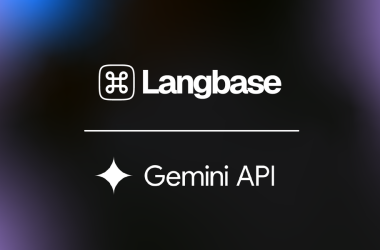Basics of Prompt Engineering in AI
Prompt engineering is the process of crafting effective input instructions (prompts) to guide AI models like ChatGPT or other large language models (LLMs) to generate accurate and relevant outputs. It is a critical skill for maximizing the potential of generative AI systems, enabling users to achieve better results in tasks such as content creation, coding, research, and more.
Key Principles of Effective Prompts
Clarity and Specificity: A well-defined prompt ensures the AI understands the task. For example, instead of asking, “Tell me about AI,” a more specific prompt like “Explain reinforcement learning in game-playing AI, such as AlphaGo, with examples of rewards, states, actions, and policies” yields a more targeted response.
Context: Providing context helps the AI tailor its response. For instance, when writing an article, specify the audience, tone, and scope: “Draft an outline for a beginner-friendly article on machine learning applications”.
Constraints and Guidelines: Adding constraints like word limits or stylistic preferences refines the output. For example, “Summarize this article in 200 words” or “Write a formal email response to a customer inquiry”.
Examples and Analogies: Using examples or analogies simplifies complex concepts. For instance, “Explain blockchain technology as if explaining it to a 10-year-old”.
Practical Applications
Developers: Use prompts for learning concepts, generating code, or debugging. For example, “Write a Python function to calculate the factorial of a number using recursion”
Content Creation: Generate blog posts, outlines, or creative writing. For instance, “Write a 300-word blog post on the benefits of meditation for mental health
Customer Support: Create polite and professional responses. For example, “Draft a response to a customer inquiring about a delayed order placed a week ago”
Tips for Mastering Prompt Engineering
Experiment and Iterate: Refine prompts based on the AI’s responses to achieve the desired output
Be Concise but Comprehensive: Provide enough detail without overwhelming the model
Leverage Few-Shot Learning: Provide examples of the desired output to guide the AI effectively
Advanced Techniques and Tools
For more complex applications, advanced techniques like prompt tuning and tooling can be employed. These involve refining prompts using gradient-based methods or leveraging specialized tools to enhance the reliability and performance of LLMs
Prompt engineering is an essential skill for effectively interacting with AI systems. By mastering the art of crafting precise and context-rich prompts, users can unlock the full potential of generative AI for a wide range of applications






